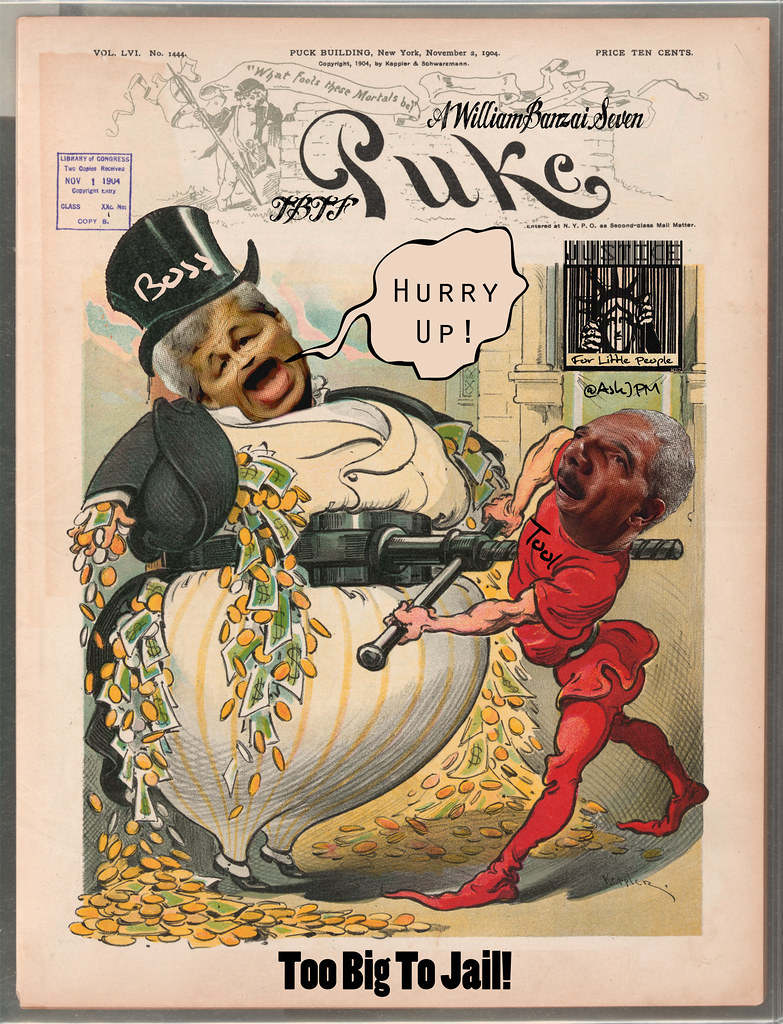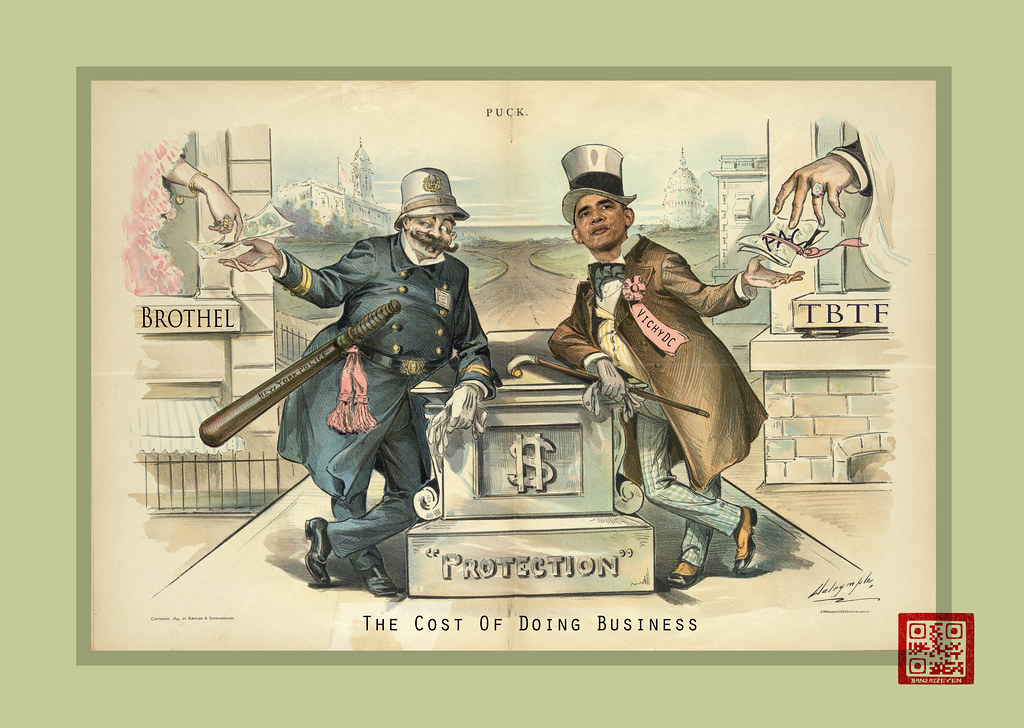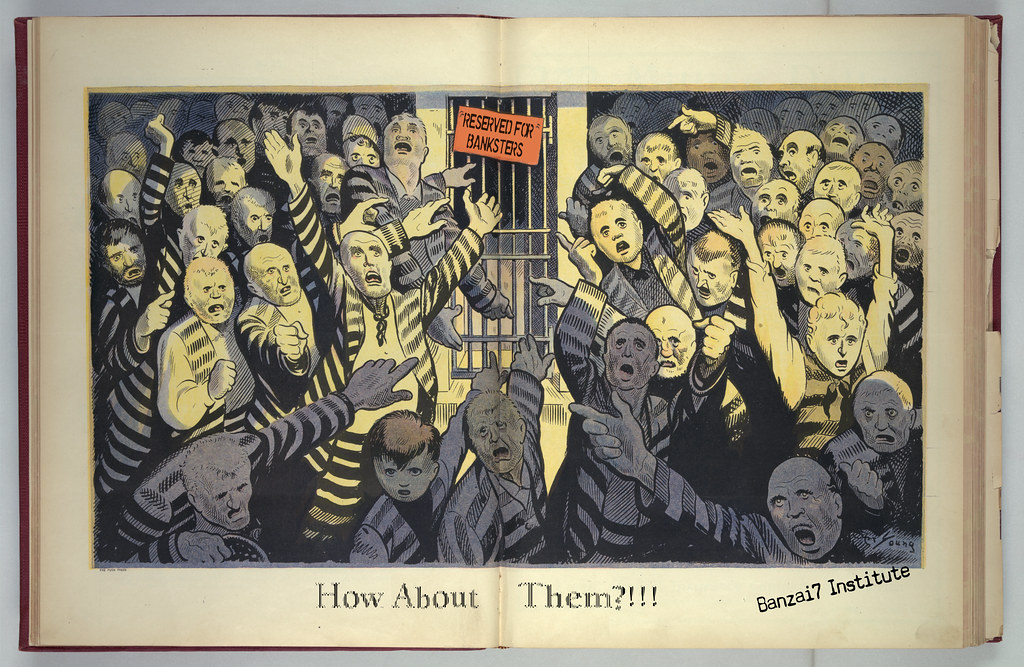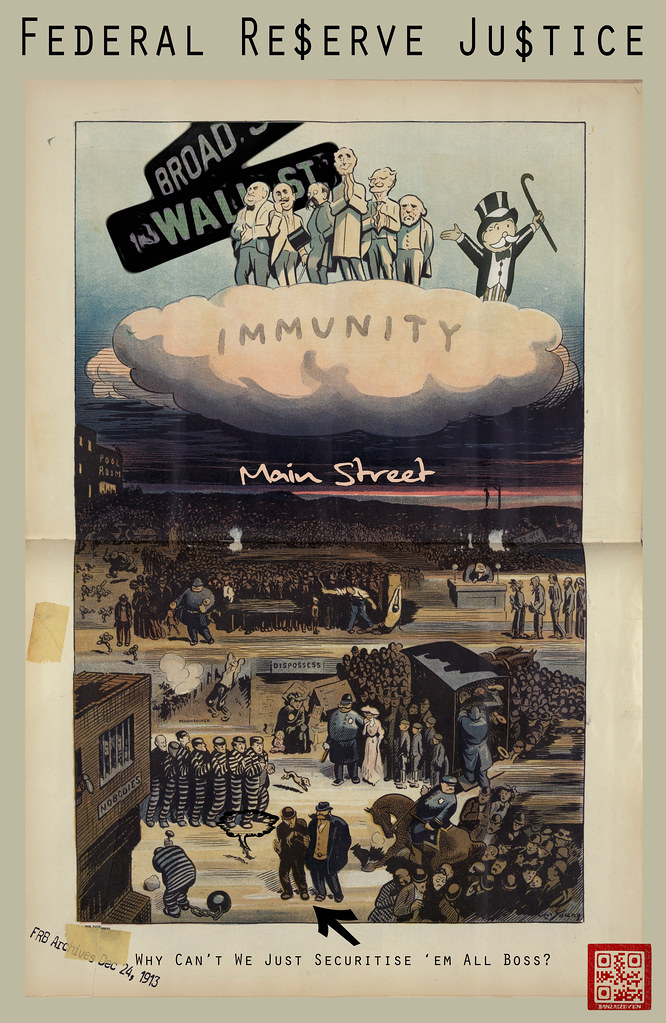It took Hilsenrath just under a minute to pump out his 1057 word thesis on the FOMC minutes. As usual, this is indicative of a comfortable embargo cushion which one can be assured was unbreached, as anything else would be very illegal.
From the WSJ:
Fed Minutes Takeaways: On Track to End QE, but Stick to Low Rates
Federal Reserve officials had a wide-ranging discussion about the outlook for monetary policy at their Oct. 29-30 policy meeting. The bottom line was that they stuck to the view that they might begin winding down their $85 billion-per-month bond-buying program in the “coming months” but are looking for ways to reinforce their plans to keep short-term interest rates low for a long-time after the program ends.
They struggled to build a consensus on how they would respond to a variety of different scenarios. One example: What to do if the economy didn’t improve as expected and the costs of continuing bond-buying outweighed the benefits? Another example: How to convince the public that even after bond buying ends, short-term interest rates will remain low.
Here is a first look at key passages (in italics) and what they suggest about Fed policy:
ECONOMIC OUTLOOK: It looked a little softer in the near-term, but officials weren’t veering from their view on how the recovery would play out:
Although the incoming data suggested that growth in the second half of 2013 might prove somewhat weaker than many of them had previously anticipated, participants broadly continued to project the pace of economic activity to pick up. The acceleration over the medium term was expected to be bolstered by the gradual abatement of headwinds that have been slowing the pace of economic recovery—such as household-sector deleveraging, tight credit conditions for some households and businesses, and fiscal restraint—as well as improved prospects for global growth. While downside risks to the outlook for the economy and the labor market were generally viewed as having diminished, on balance, since last fall, several significant risks remained, including the uncertain effects of ongoing fiscal drag and of the continuing fiscal debate.
OUTLOOK FOR BOND BUYING: Given their expectations for the economy, they still expect to end the program in the months ahead:
Participants reviewed issues specific to the Committee’s asset purchase program. They generally expected that the data would prove consistent with the Committee’s outlook for ongoing improvement in labor market conditions and would thus warrant trimming the pace of purchases in coming months.
WHAT IF THE BOND-BUYING PROGRAM STOPS WORKING BEFORE THE LABOR MARKET IMPROVES: The Fed might end bond buying and find another way to stimulate the economy.
Some participants noted that, if the Committee were going to contemplate cutting purchases in the future based on criteria other than improvement in the labor market outlook, such as concerns about the efficacy or costs of further asset purchases, it would need to communicate effectively about those other criteria. In those circumstances, it might well be appropriate to offset the effects of reduced purchases by undertaking alternative actions to provide accommodation at the same time
KEEP IT SIMPLE, STUPID: Fed officials are trying harder to keep a consistent message after the confusion in markets earlier this year.
Participants broadly endorsed making the Committee’s communications as simple, clear, and consistent as possible, and discussed ways of doing so. With regard to the asset purchase program, one suggestion was to repeat a set of principles in public communications; for example, participants could emphasize that the program was data dependent, that any reduction in the pace of purchases would depend on both the cumulative progress in labor markets since the start of the program as well as the outlook for future gains, and that a continuing assessment of the efficacy and costs of asset purchases might lead the Committee to decide at some point to change the mix of its policy tools while maintaining a high degree of accommodation
MODEST SUPPORT FOR THRESHOLD CHANGE: The Fed has been saying it will keep short-term rates low until after the jobless rate falls below 6.5%. Some economists think the Fed should lower that threshold to provide more support to the job market. There wasn’t a great deal of support for such a move.
A couple of participants favored simply reducing the 6½ percent unemployment rate threshold, but others noted that such a change might raise concerns about the durability of the Committee’s commitment to the thresholds.
INFLATION BOUNDS: The Fed is also considering offering a lower bound on inflation. That got some support, though not rousing.
In general, the benefits of adding this kind of quantitative floor for inflation were viewed as uncertain and likely to be rather modest, and communicating it could present challenges, but a few participants remained favorably inclined toward it.
LOW RATES FOR LONG: Fed officials appear to be gravitating toward an “inertial” policy approach. In other words, toward assuring the public that the Fed won’t be in a hurry to raise short-term rates even after its 6.5% threshold is crossed.
Several participants concluded that providing additional qualitative information on the Committee’s intentions regarding the federal funds rate after the unemployment threshold was reached could be more helpful. Such guidance could indicate the range of information that the Committee would consider in evaluating when it would be appropriate to raise the federal funds rate. Alternatively, the policy statement could indicate that even after the first increase in the federal funds rate target, the Committee anticipated keeping the rate below its longer-run equilibrium value for some time, as economic headwinds were likely to diminish only slowly. Other factors besides those headwinds were also mentioned as possibly providing a rationale for maintaining a low trajectory for the federal funds rate, including following through on a commitment to support the economy by maintaining more-accommodative policy for longer. These or other modifications to the forward guidance for the federal funds rate could be implemented in the future, either to improve clarity or to add to policy accommodation, perhaps in conjunction with a reduction in the pace of asset purchases as part of a rebalancing of the Committee’s tools
DON’T FORGET IOER: The Fed pays 0.25% to banks that keep reserves on deposit with the central bank. Some economists think it should reduce that rate to encourage lending. The idea hasn’t had much traction in the past, but it is back in play.
Most participants thought that a reduction by the Board of Governors in the interest rate paid on excess reserves could be worth considering at some stage, although the benefits of such a step were generally seen as likely to be small except possibly as a signal of policy intentions.
![]()
via Zero Hedge http://feedproxy.google.com/~r/zerohedge/feed/~3/1CzL8RUqeKI/story01.htm Tyler Durden















